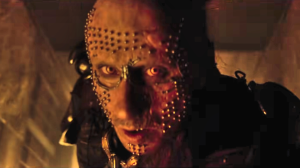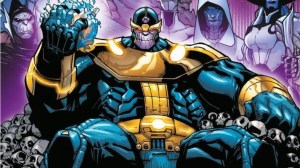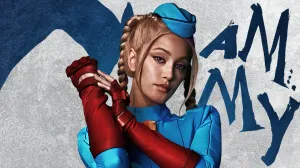Upper Deck has released new details and the first previews for the upcoming Legendary: X-Men expansion to the Marvel: Legendary Deck Building Game.
Videos by ComicBook.com
Legendary: X-Men includes 394 new cards to expand the Marvel: Legendary game. Legendary: X-Men is completely compatible with all other Marvel: Legendary products, and requires the Marvel: Legendary Core Set to play.
Legendary: X-Men includes 15 new characters with the X-Men team affiliation, including Beast, Banshee, Cannonball, Dazzler, Legion, and Psylocke. Legendary: X-Men also includes seven new villain groups, five henchmen groups, eight schemes, and six masterminds, each with a second Epic side, including Onslaught, Shadow King, and Dark Phoenix.
Legendary: X-Men also features the return of divided cards, last seen in Legendary: Civil War, and introduces two brand new card types: Horror Cards and Heroic Bystanders.
The first print run of Legendary: X-Men will include a foil promo card.
Upper Deck also previewed four cards from the set, introducing two new keywords. The “Beserk” keyword represents an X-Men character like Wolverine, X-23, or Beast going into a berserker rage. The keyword causes a player to discard the top card of their deck for a possible boost to attack for the round.
The second new keyword is “X-Gene,” which represents the X-Men using their mutant gifts to perform signature teamwork maneuvers. The keyword searches for particular team affiliations or card decks in the player’s discard pile to apply additional bonuses.
Legendary: X-Men releases June 28. Check out the preview cards in the gallery below.
Legendary is a deck-building game set in the Marvel Comics universe. To set up the game, players choose a number of hero decks – Spider-man, Hulk, Cyclops, Wolverine, etc. – and shuffle them together; since players use only a handful of hero decks out of the fifteen included, the hero deck can vary widely in terms of what’s available. Players then choose a mastermind villain (Magneto, Loki, Dr. Doom, etc.), stack that particular villain’s attack cards underneath it, then modify the villain deck as needed based on that villain’s particular scheme.
Over the course of the game, players will recruit powerful hero cards to add to their deck in order to build a stronger and more resourceful deck. Players need to build both their recruitment powers (to enlist more heroes) and their fighting ability (to combat the villains who keep popping up to cause trouble). Players recruit heroes from an array of six cards, with empty slots refilled as needed. At the start of a player’s turn, he reveals a villain and adds it to the row of villains. This row has a limited number of spaces, and if it fills up, the earliest villain to arrive escapes, possibly punishing the heroes in some way. Some villains also take an action when showing up for the first time, such as kidnapping an innocent bystander. The villain deck also contains “master strike” cards, and whenever one of these shows up, the mastermind villain (controlled by the game) takes a bonus action.
As players fight and defeat villains, they collect those cards, which will be worth points at game’s end. Players can also fight the mastermind; if a player has enough fighting power, he claims one of the attack cards beneath the mastermind, which has a particular effect on the game. If all of these cards are claimed, the game ends and players tally their points to see who wins. If the mastermind completes his scheme, however – having a certain number of villains escape, for example, or imposing a certain number of wounds on the heroes – then the players all lose.
More: The Gifted Teaser Trailer / First Look At Polaris / First Look At Blink








